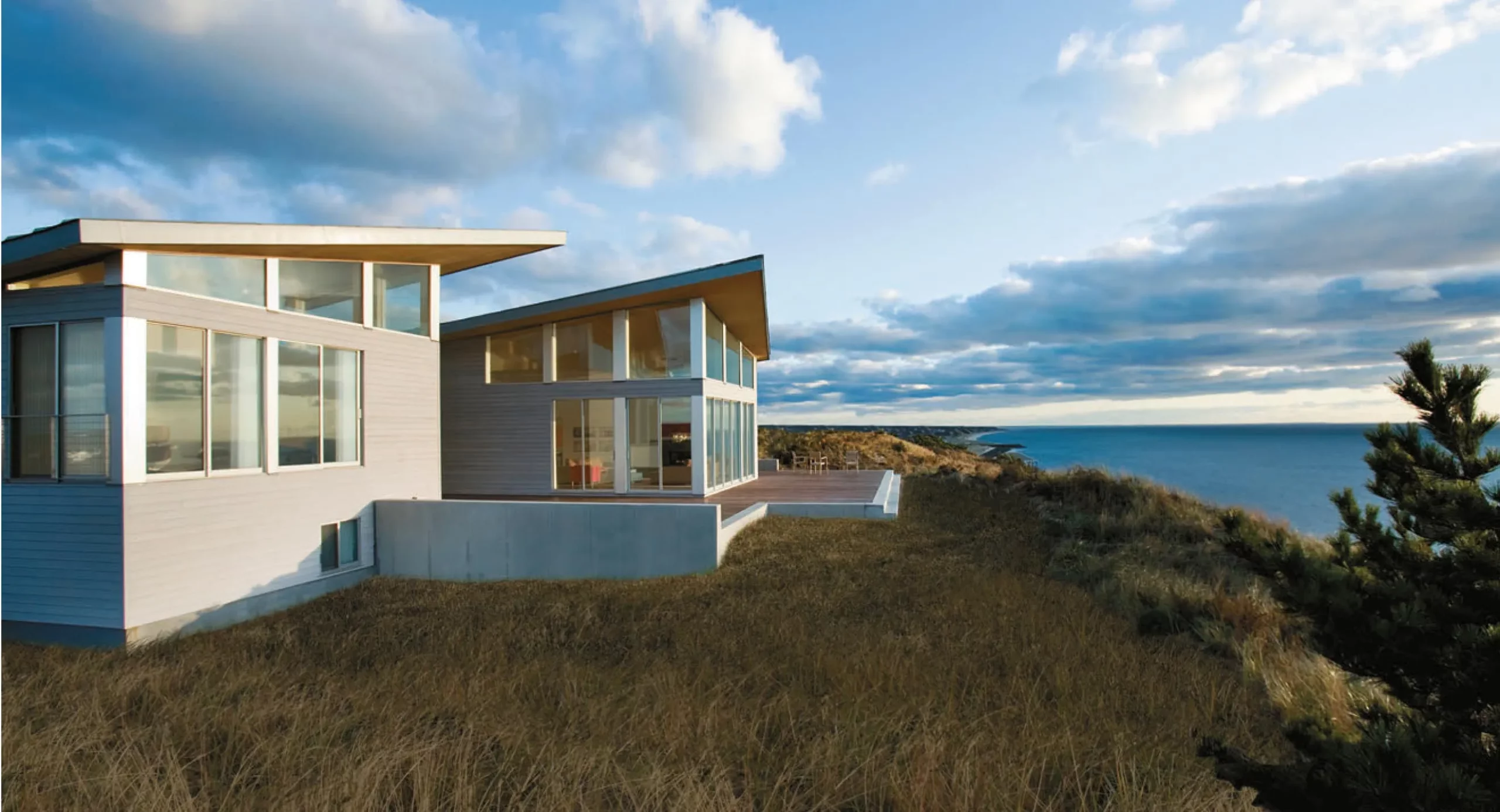Architecture plays a vital role in fostering community by creating spaces that encourage social interaction, collaboration, and a sense of belonging. Whether through the design of public spaces, residential neighborhoods, or mixed-use developments, architecture has the power to shape the built environment in ways that promote community engagement and connectivity. Here are several ways in which architecture contributes to the fostering of community:
- Design of Public Spaces: Architectural design influences the layout and functionality of public spaces such as parks, plazas, and community centers. Thoughtfully designed public spaces provide opportunities for people to gather, socialize, and participate in communal activities, fostering a sense of inclusivity and creating a shared sense of place.
- Mixed-Use Developments: Architecture plays a key role in creating mixed-use developments that combine residential, commercial, and recreational spaces within a cohesive community. These developments encourage walkability, support local businesses, and offer opportunities for residents to engage with one another and build social connections.
- Community Centers and Civic Buildings: The architectural design of community centers, libraries, and civic buildings provides spaces that host a wide range of public activities, including educational programs, cultural events, and civic meetings. These facilities serve as hubs for community engagement and interaction, contributing to a sense of unity and shared identity.
- Inclusive and Accessible Design: Architecture can promote inclusivity and accessibility within communities by providing barrier-free access, universal design principles, and amenities that cater to people of all ages and abilities. This approach fosters a more inclusive and welcoming environment for all community members.
- Sustainable and Green Spaces: Architecture can integrate sustainable and green design principles into the built environment, creating spaces that encourage environmental stewardship and community wellness. Parks, green corridors, and sustainable infrastructure contribute to a healthier and more vibrant community.
- Affordable Housing and Social Equity: Architectural design can address social equity by creating affordable and diverse housing options within communities. Thoughtful urban planning and housing design contribute to the creation of mixed-income neighborhoods that foster social integration and reduce disparities.
- Civic Engagement and Participation: Architectural design can facilitate civic engagement by providing spaces for public events, forums, and dialogue. Community-specific design elements, such as public art installations and commemorative spaces, can reflect and celebrate the cultural heritage and identity of a community.
- Neighborhood Connectivity and Walkability: Architectural design that encourages walkability, pedestrian-friendly streets, and neighborhood connectivity fosters a sense of community by promoting social interactions and creating opportunities for spontaneous encounters between residents.
Overall, architecture has the capacity to create physical environments that support and strengthen social ties, cultural vibrancy, and a sense of belonging within communities. By promoting inclusive, sustainable, and engaging design, architecture plays an essential role in fostering a sense of community and enhancing the overall quality of life for residents.
